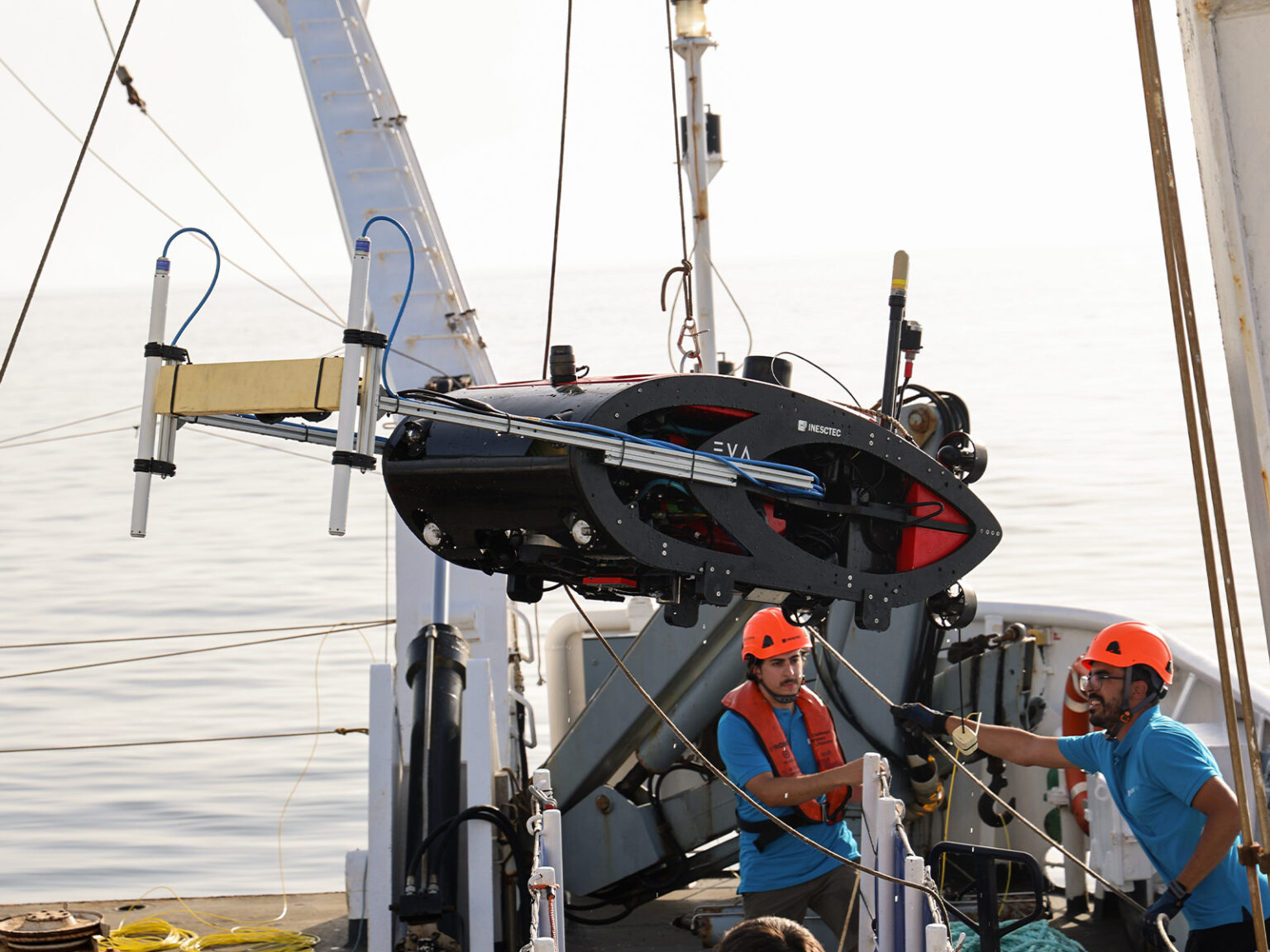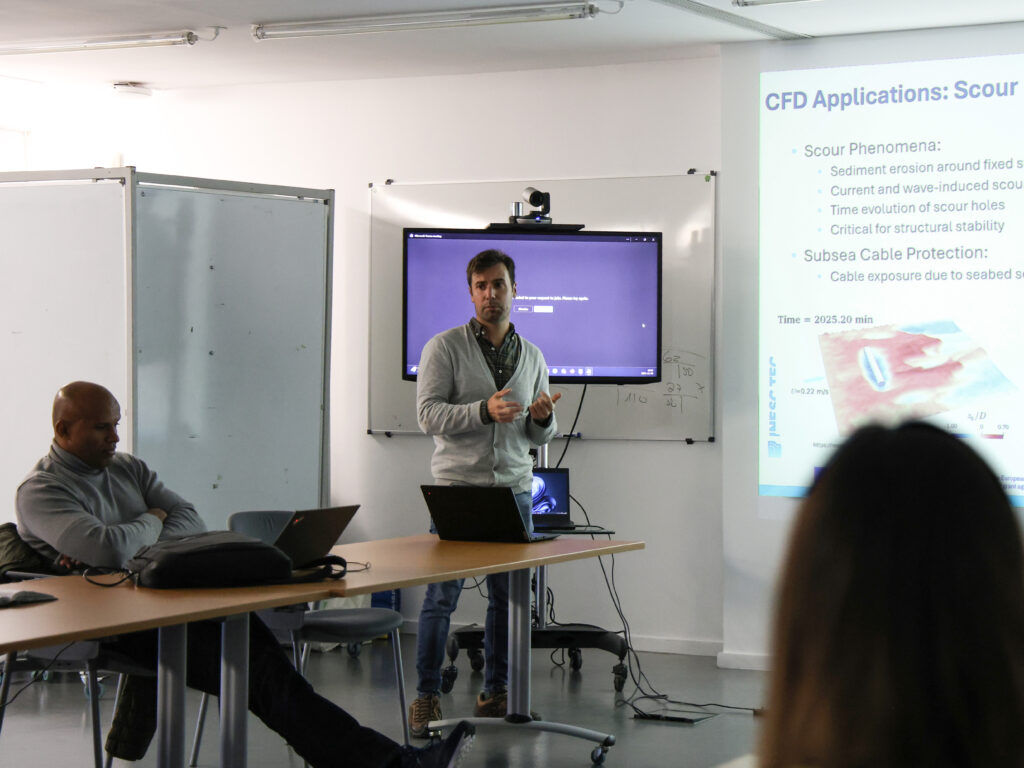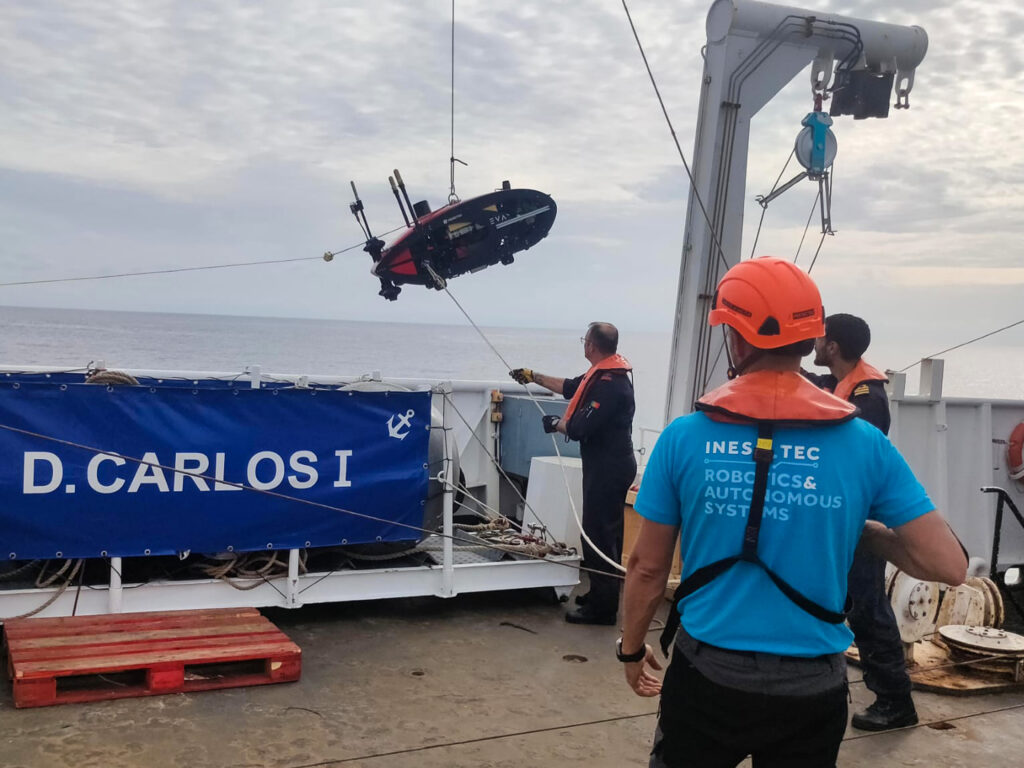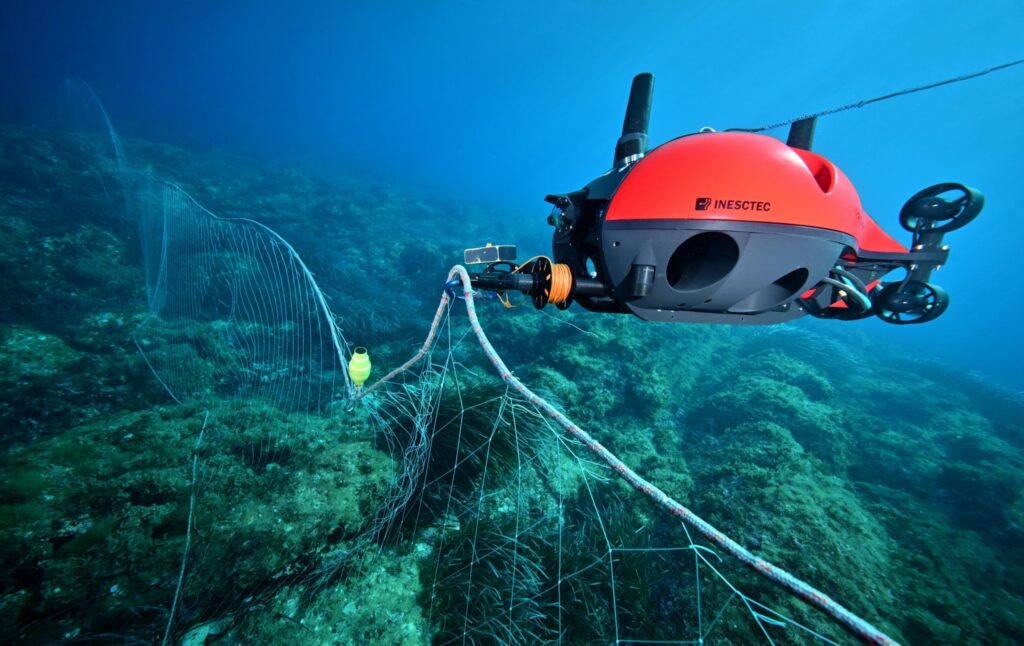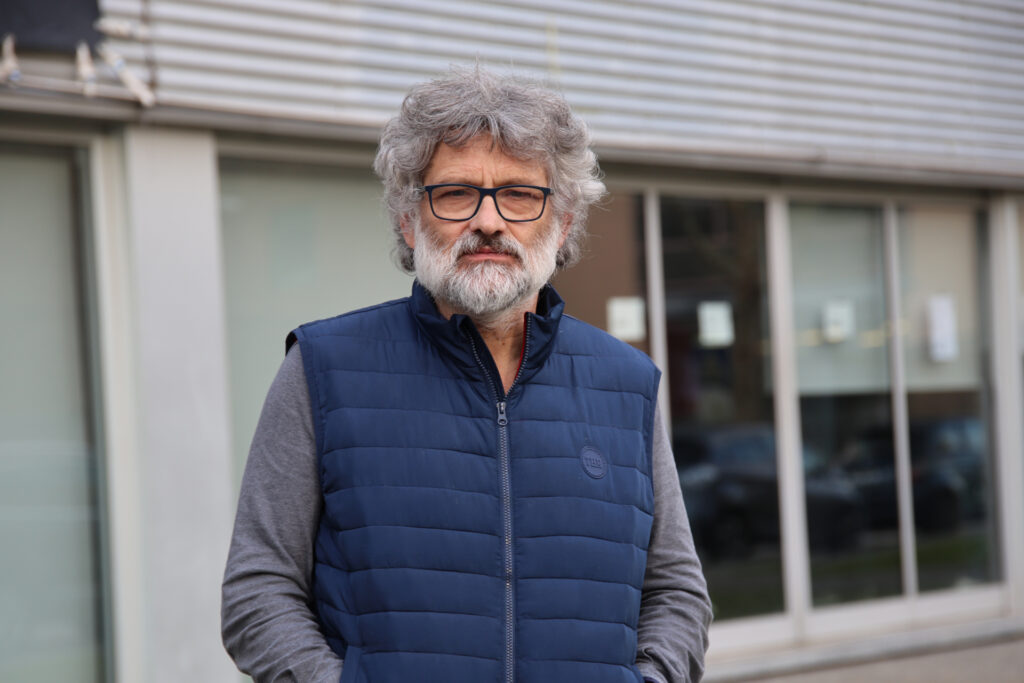Throughout September, researchers from INESC TEC were in Troia and Sesimbra to take part in another edition of REPMUS, the world’s largest demonstration exercise with robotics and unmanned maritime vehicles.
From 8 to 26 September, the Setúbal peninsula hosted the 15th Edition of REPMUS – Robotic Experimentation and Prototyping with Maritime Unmanned Systems. According to figures released by the Portuguese Navy, the event brought together over 3,500 participants from 37 countries, 18 military ships, and around 270 autonomous systems and vehicles.
INESC TEC was once again present, this time represented by INESCTEC.OCEAN, the Institute’s new Centre of Excellence dedicated to the ocean. A total of 13 researchers, from the robotics and autonomous systems area and the INESCTEC.OCEAN team, represented the Institute, participating in two different actions: CUI – Critical Underwater Infrastructures, and SMER – Submarine Escape & Rescue.
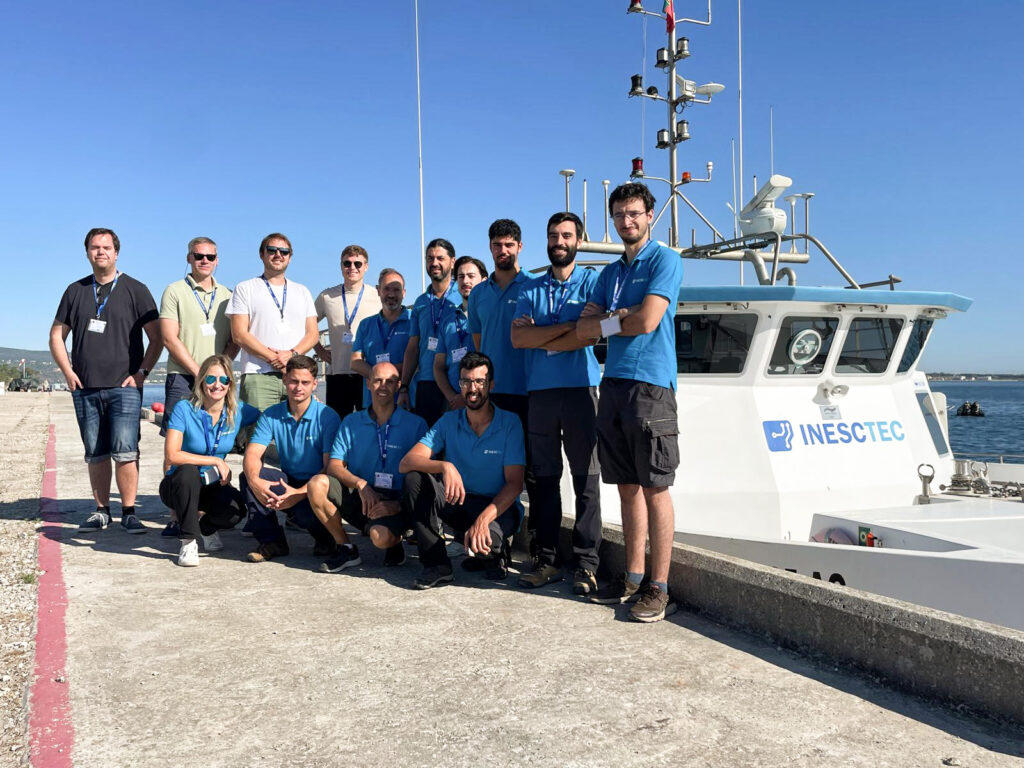
Even before the exercise on critical underwater infrastructures, “INESC TEC supported the Navy in laying an underwater cable 300 metres off the coast of Sesimbra”, explained researcher Paula Lima. During the exercise itself, the team took part in two different scenarios. As the ‘RED Force’, researchers deployed the TURTLE III – a deep-sea robotic lander – and EVA, an autonomous underwater vehicle (AUV), to simulate threats to said cable. While the TURTLE III landed on the seabed and changed position, the EVA delivered payloads (effectors). “In the ‘BLUE Force’, EVA located and visually inspected the threats”, added the researcher.
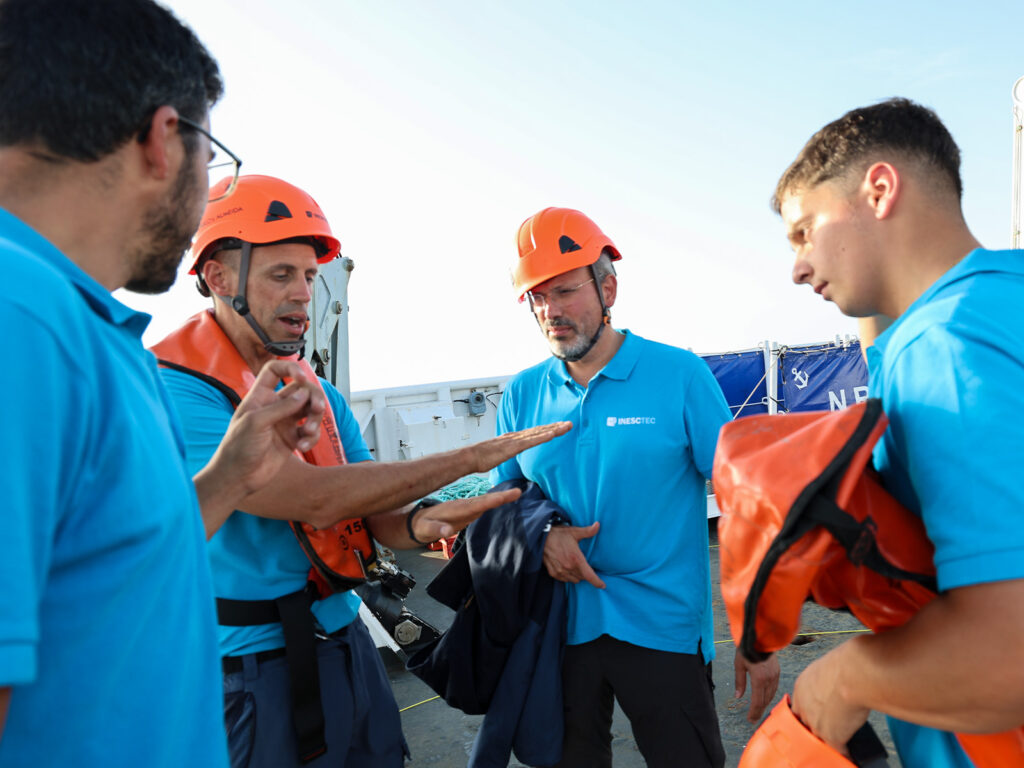
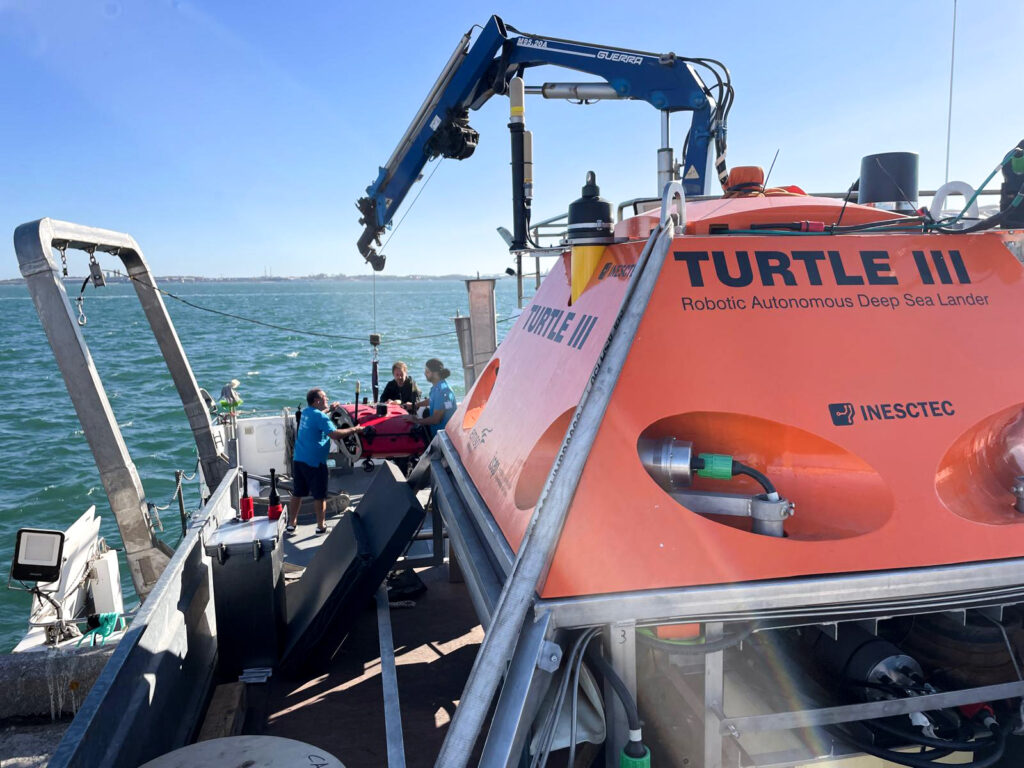
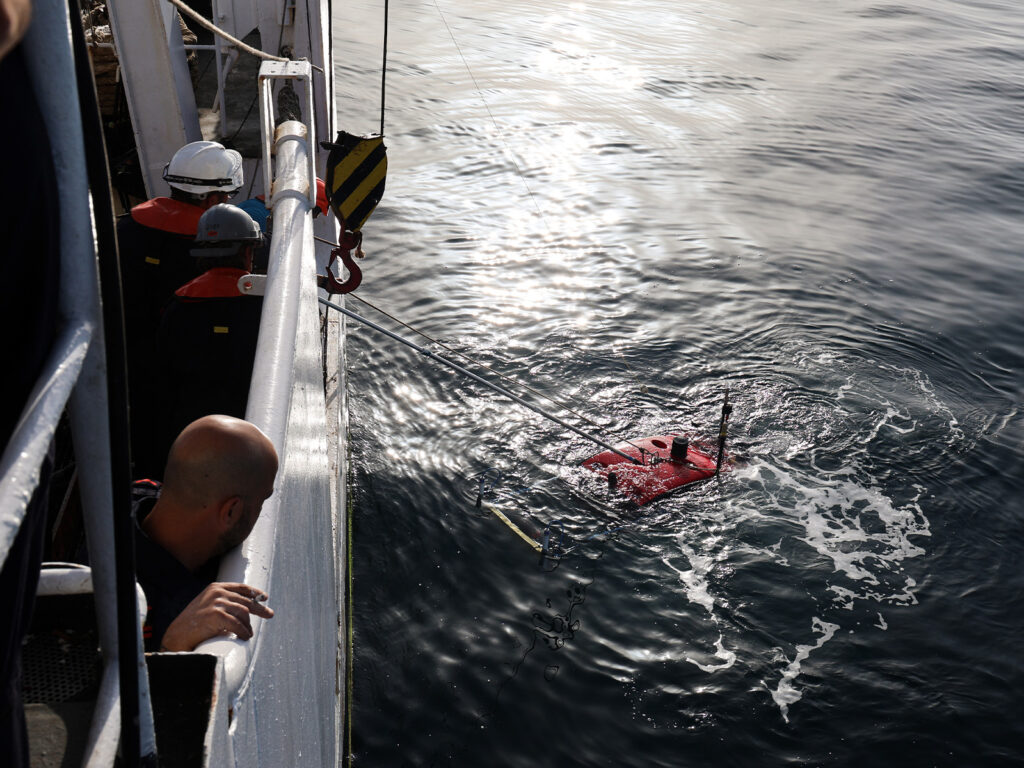
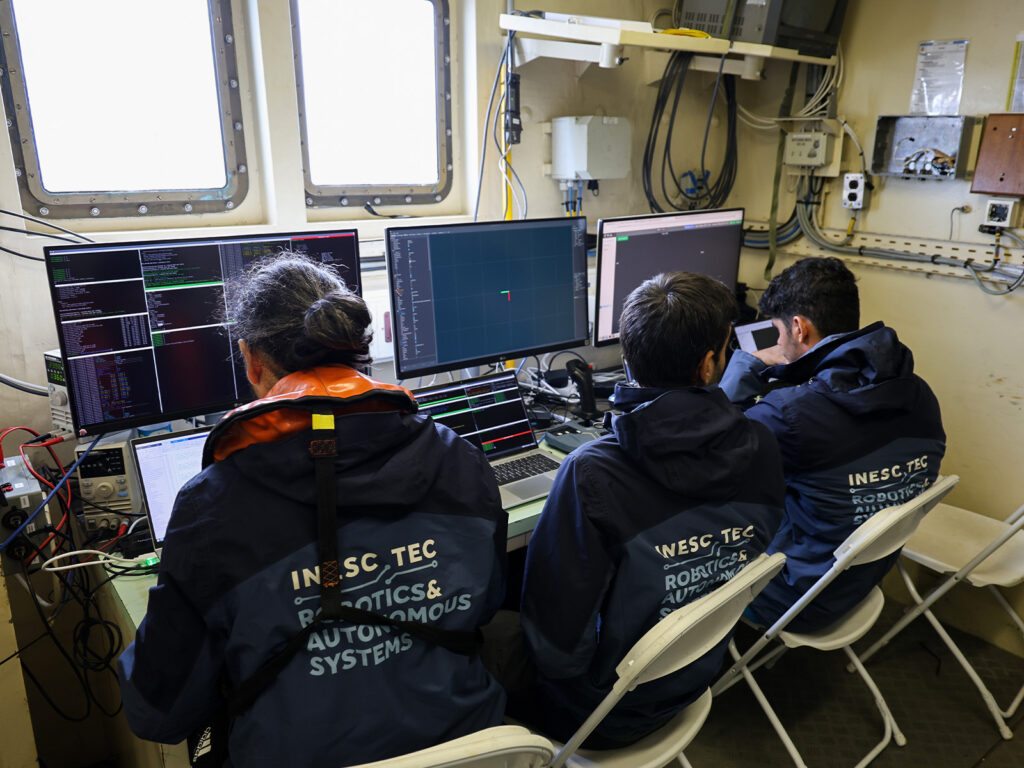
Concerning the escape & rescue activities, EVA was again used, this time employing a gradiometer system to locate and study the magnetic signature of a real submarine.
In the final days of REPMUS, the INESC TEC team also participated in ‘DVDay’, the exhibition-focused part of the event. Alongside TURTLE III, another INESC TEC AUV, IRIS, was showcased during the closing demonstration.
Paula Lima emphasised that INESC TEC’s presence at REPMUS “is essential”, as “it allows the team to demonstrate their assets in action to multiple stakeholders, particularly the Portuguese Navy”.
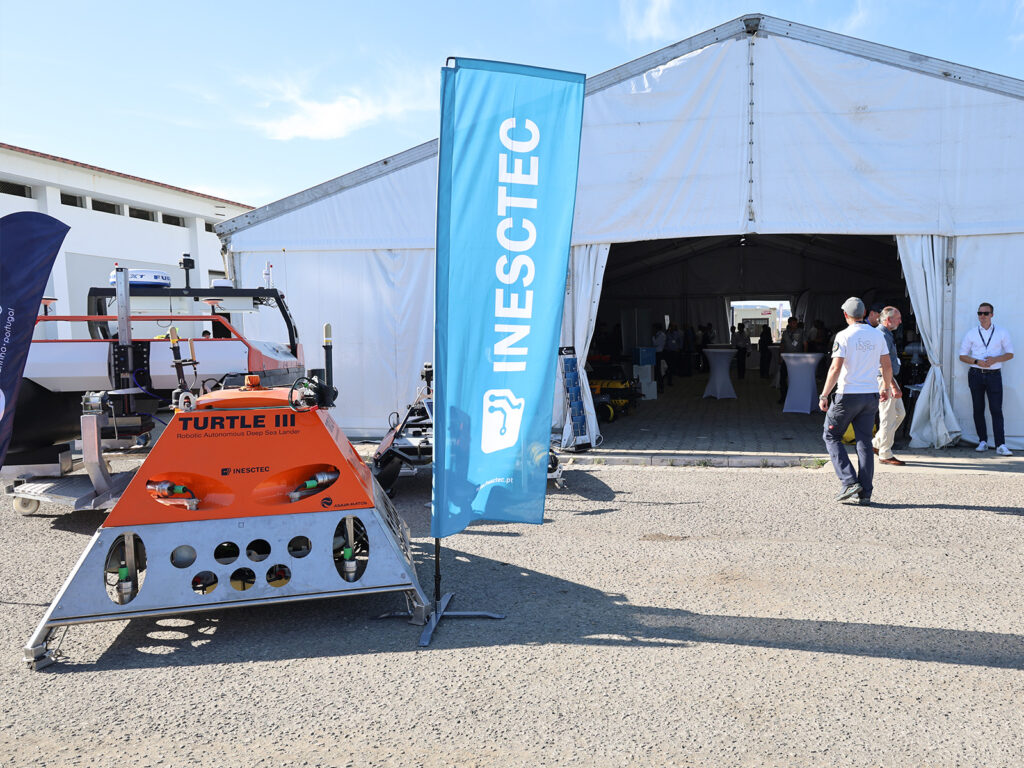
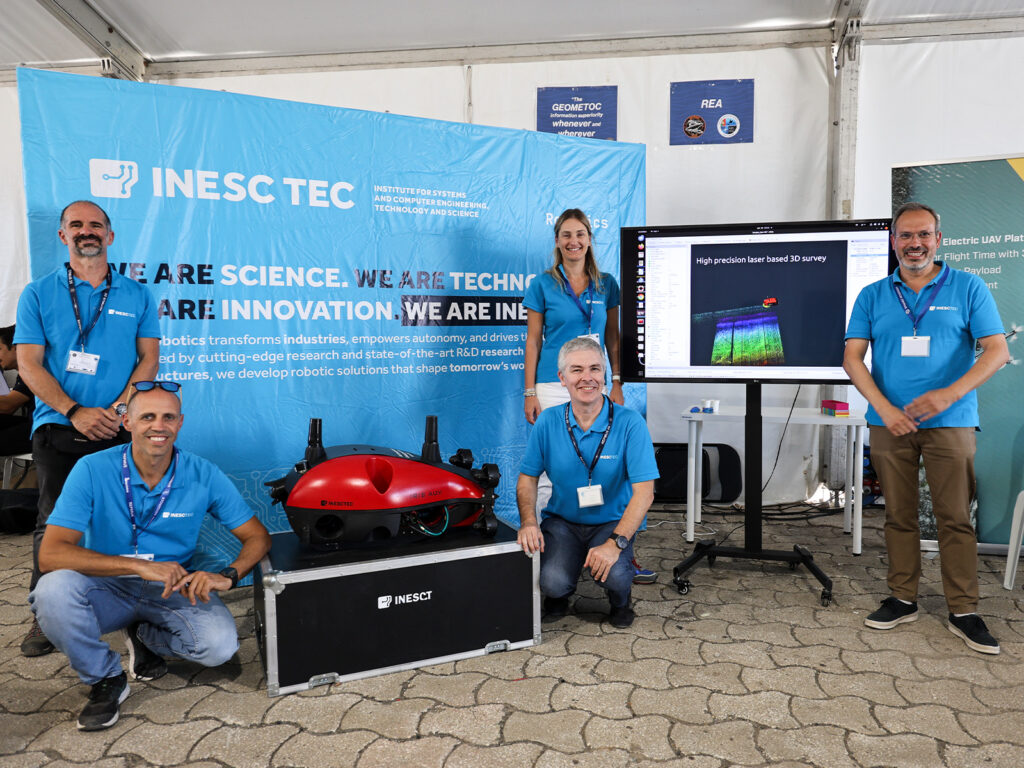
Co-organised by the Portuguese Navy, Faculty of Engineering of the University of Porto (FEUP), NATO, and the European Defence Agency (EDA), the event provides “an opportunity to operate in unique maritime scenarios that would otherwise be inaccessible”, she mentioned.
Reflecting on INESC TEC’s participation, Paula Lima highlighted the “increased investment from both the organisers and participants, in terms of team size, the number of assets, and even the infrastructures brought for demonstration.”
“It is the world’s largest ‘living laboratory’ for testing unmanned maritime systems”, she concluded.
